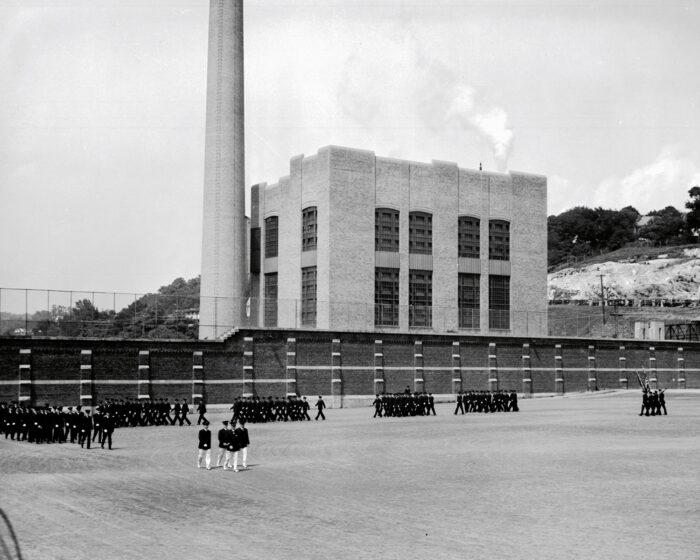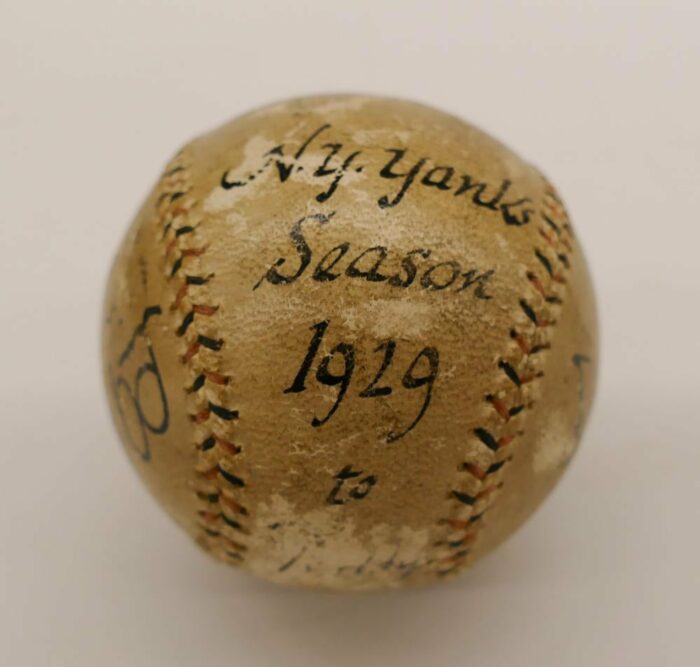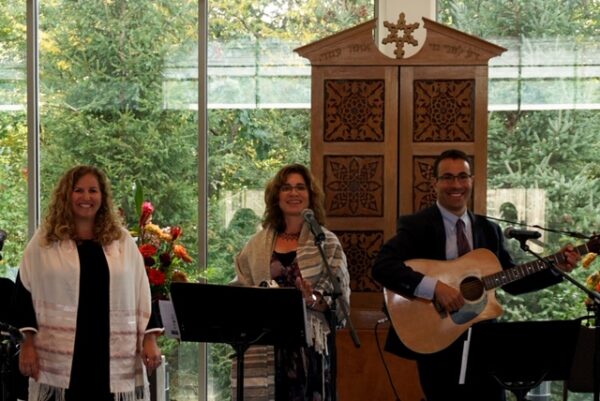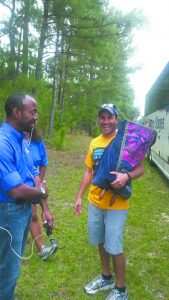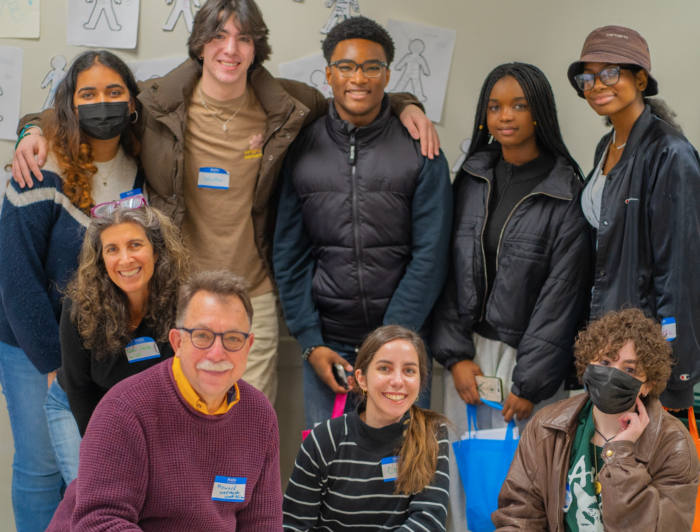
Building bridges. Creating diverse communities. The youth in Westchester are coming together to learn about themselves while creating the world they want to live in. “We’re looking to help kids as they graduate high school to have a bigger world view when they enter college or the workforce, so when they move into a community and meet someone from a different background they can have a positive knowledge base to draw on and interact in a respectful and compassionate manner,” said Nisa Geller, Executive Director of the Westchester Youth Alliance (WYA).
Established in 2012, WYA connects high school students from diverse communities of faith, race, and identity and engages them in conversation, mobilizes them in community service, and empowers them to create a better, culturally informed world. “We feel it’s important for teenagers to have civil conversations with people who are different from them – different towns, different socio-economic backgrounds, different racial and religious backgrounds – and to have empathy and compassion for them,” said Geller. “This allows students to make friendships outside of their community. We facilitate the conversations using ice breakers and a curriculum that’s designed to break down stereotypes and stigma.”
For Monday Lerner, a sophomore at Scarsdale High School, spending time with the WYA is the best part of the week. “The community and social justice work we do inspires me to be a better person and think more about my community every day,” said Lerner. “The community of people I’ve met in WYA has been a lifeboat in the rough sea of high school and I’m grateful for their support.”
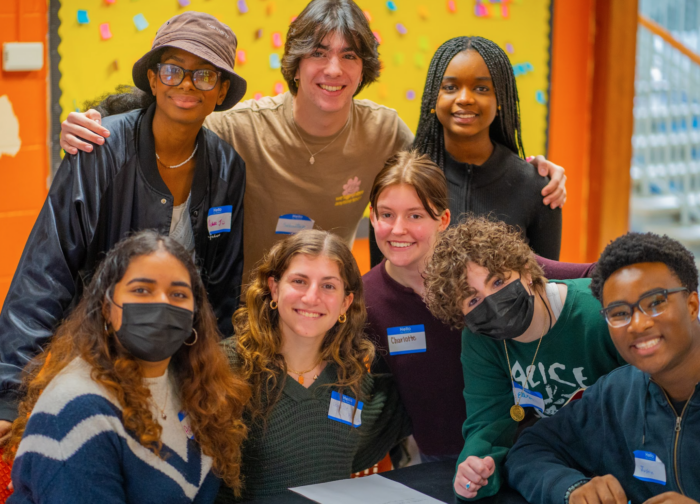
WYA’s THREE PILLARS
WYA has served 425 teens from 28 Westchester high schools and over 25 religious institutions and is growing in Southern Westchester. WYA’s curriculum of programming includes community service, educational opportunities, social justice activities, and recreational events, all based on three pillars: Nurturing Voice (active listening and respectful disagreement); Building Community (designing a better future); and Taking Action (working collaboratively to be agents of change). “We also teach these pillars so when students leave they feel they know who they are, how to get along with other people, and they’re a clear communicator in getting their message across in a civil and respectful way,” explained Geller.

The teens learn with and from each other through productive dialogue and engaging events and activities that include service projects, art projects, and regular gatherings to connect, reflect, and plan. Also, WYA organizes a variety of large-scale events, focused experiences, and guided discussions based on themes determined by teen members. Events are open to all teens at no cost. Recent issues of importance include mental health, food insecurity, gun violence, and climate change.
Emiliana Knauer, a senior at The Harvey School in Katonah, describes her time at WYA as a phenomenal experience. “While I may have initially joined the group as someone very hesitant to assume leadership positions due to lack of self-confidence, I’ll be leaving with the experiences of displaying a photography project at the Bedford Playhouse, working a booth at the Yorktown Pride Festival, speaking at a fundraising event, and even starting my school’s first feminist club,” she said. “I have so many fun and meaningful memories associated with WYA, and I’m incredibly grateful I had the chance to be part of the organization.”

WYA partners with a variety of not-for-profit organizations to offer hands-on community-service events. Students have cooked meals to feed the homeless, sorted toys for Toys for Tots, harvested vegetables at Hanover Hilltop Farm, and built affordable housing for low-income families. Throughout summer, members attend local events to share the WYA mission.
“We want students to be agents of change in their community,” said Geller. “We want them to realize they see a problem in their community they can take action on it, or if they see a need in their community, they can help make things better.”
Michelle Jones, a senior at White Plains High School, shares how the nonprofit has provided her with opportunities to collaborate with her peers and help the community. “I’ve learned to manage my time better and assume more responsibilities,” said Jones. “My first encounter with WYA was at a gardening event. I was quickly accepted into the group and felt like I belonged. WYA is a great place to find friends all the while bettering your community.”
That’s the goal of WYA. “We want to expand the students’ possibilities and network of people,” said Geller. “It’s very exciting for the teens and for the organizations that we help as well.”
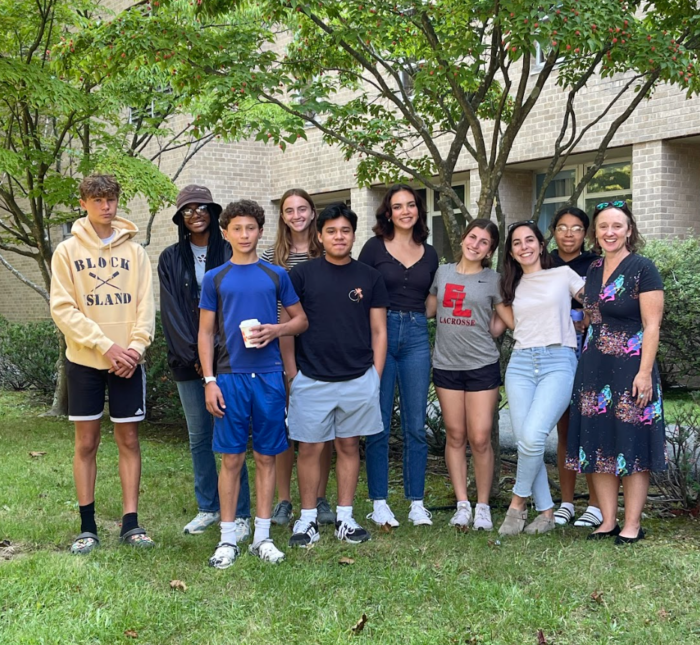
Upcoming Events at the WYO
May 7 – Planting day at Hilltop Hanover Farm, Yorktown Heights
Students will be helping the farmers in the fields, weeding, picking (and sampling) fresh produce, making signage, pruning, and more. Experienced kids, passionate about plant care, will help care for more delicate plants.
June 11 – Yorktown For Justice: Pride 2023 Festival
All students welcome! Gather for the march and from 3-6 p.m. enjoy performances, speakers, vendors, food trucks, and activities.
June 18 – 12th annual Juneteenth Celebration at Depew Park, Peekskill
Juneteenth Tabling with the City of Peekskill’s Youth Bureau Celebrate the day as local performers are joined by youth groups who will will proudly strut their talents throughout the afternoon.
TBA – September – Bonfire Open House kick-off for the 2024 season at Pound Ridge Reservation
Register at westchesteryouthalliance.org
